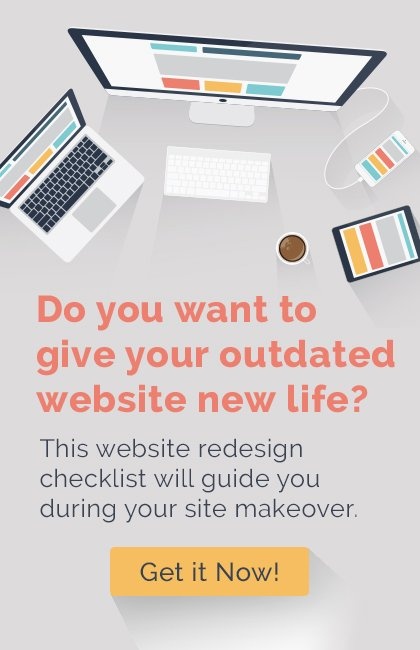
Lead Nurturing During the Buyer’s Journey
Using Lead Nurturing During the Consideration Stage Of The Buyer’s Journey
The consideration stage of your buyer’s journey begins a pivotal series of events for your buyer and your brand. Once your buyer has been made aware of their problem, searched through your content, and become a lead, their true “shopping” experience begins. This is where delivering solutions in an authoritative way will start to differentiate your brand from competitors offering similar products and services.
That differentiation starts with a shift in your marketing towards your potential buyers in the form of lead nurturing: granular, tailored messages focused on the information you’ve gathered through them during the awareness stage. Email marketing and marketing automation are the primary avenues for marketing to your buyers at this point.
What is Lead Nurturing?
Lead Nurturing is a process in marketing and sales to cultivate relationships with potential customers over time. It is providing relevant information to leads at various stages of the buying journey to guide them towards making a purchase decision.

Drip Emails
Drip emails deliver content to your prospective buyers over time. With time being virtually the only factor affecting how and when messages are sent. While customizing in the sense of what content is delivered, it offers very little in the control you have of the content against the information you’ve gathered about you lead over their buying journey.
Drip emails certainly have a place early in the consideration stage for offering further education, keeping your brand present and in front of your potential buyers. They can also be very broad campaigns announcing new products, brand updates, and showcasing the highlights of your company. Drip email marketing and lead generation, however, have a mutual independency on one another for a successful marketing campaign.
Lead Nurturing Campaigns
The goal of lead nurturing as part of your buyer’s consideration process is to deliver the right information at critical points in their journey through your content. The beauty of marketing automation is that you can build the campaigns tailored to your buyer personas and design those automation steps to deliver perfectly timed content.
Through marketing automation, lead generation collects data about your buyer’s behavior and helps guide them through the buying process. The actions your buyers take on your website will trigger certain actions on behalf of your lead nurturing campaign. Attending a webinar, downloading a certain piece of content, or visiting a page a certain number of times can trigger an email.
While drip emails can be effective at points during the consideration stage and certainly keep your brand at the front of your audiences, lead nurturing campaigns are a “smarter” way to go. Lead nurturing is smart in the sense that it leverages the information your inbound marketing software collects about your leads and uses it to tailor the right content to your leads.
Re-marketing
As you probably know, marketing doesn’t necessarily always go according to plan. Sometimes a marketing qualified lead (MQL) who has already dug deep into your content, fallen into a workflow, and even triggered actions based on your lead nurturing campaigns goes cold. This is where some clever re-marketing coupled with lead nurturing can rejuvenate those once-promising leads.
Re-marketing is a multifaceted and very versatile way to bring leads back into your lead nurturing campaigns. We say multifaceted, because various avenues can be used to reinvigorate your buyer’s interest including paid social media promotions, smart CTAs, and smart lists as part of your lead nurturing. While re-marketing may seem like a last resort in your buyer’s journey it’s actually an integral part of how you keep your brand relevant to prospective buyers especially those who may have slipped through the cracks.
The Marriage of Sales and Marketing
No matter what degree of marketing your brand engages in, marketing without sales will not meet the results your company is seeking: ROI. In the inbound world, we call this “smarketing”, and it’s that partnership between your sales force and marketing department that ultimately tips a buyer in your direction. As we have moved down the funnel, hopefully you’ve seen how vital integrating sales with your marketing practices truly is.
Both the consideration stage and decision making stage of your buyer’s journey rely on that smarketing relationship and the symbiosis therein helps make that transition from a simple lead to a sales qualified lead more fluid. In our next article, we’ll discuss how the personal touch from your sales team can help your sales qualified leads turn into actual sales.








 Microsoft Advertising provides insights in its Festive Holiday Marketing Playbook to help businesses enhance holiday sales. Key points include understanding the timing of revenue peaks around Black Friday and Cyber Monday, leveraging deal-seeking behaviors among consumers, and capitalizing on search for online and in-store purchases. The National Retail Federation predicts a 3-4% increase in US holiday spending. Advertisers are encouraged to align strategies with the ‘Cyber-5’ period and utilize search for targeted advertising.
Microsoft Advertising provides insights in its Festive Holiday Marketing Playbook to help businesses enhance holiday sales. Key points include understanding the timing of revenue peaks around Black Friday and Cyber Monday, leveraging deal-seeking behaviors among consumers, and capitalizing on search for online and in-store purchases. The National Retail Federation predicts a 3-4% increase in US holiday spending. Advertisers are encouraged to align strategies with the ‘Cyber-5’ period and utilize search for targeted advertising. 

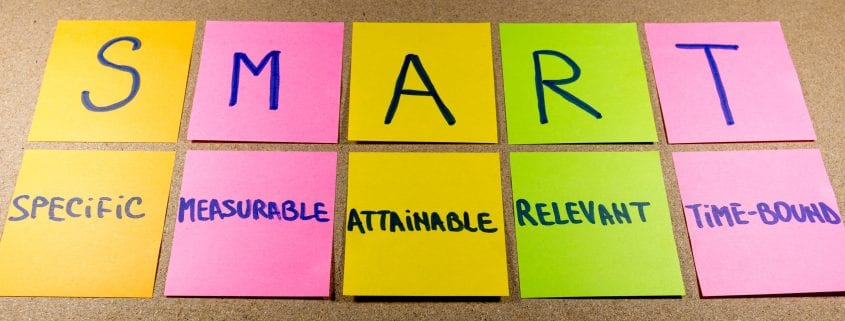


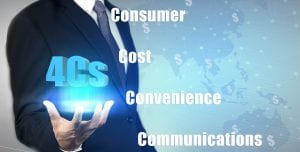

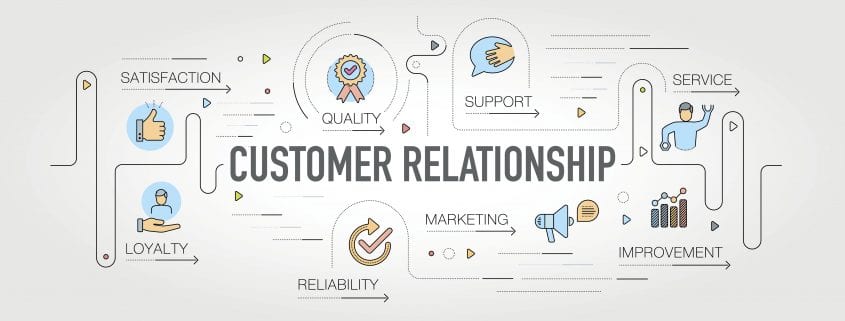
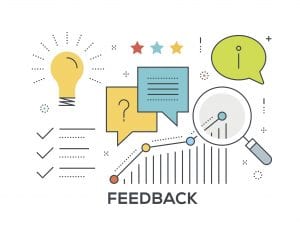





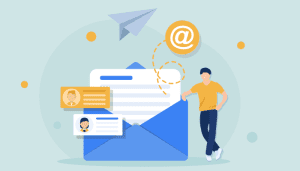



 Improve your user experience
Improve your user experience

